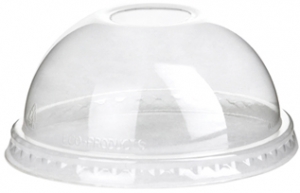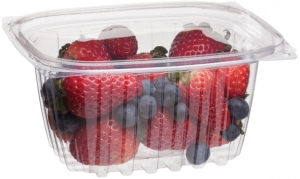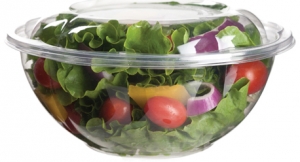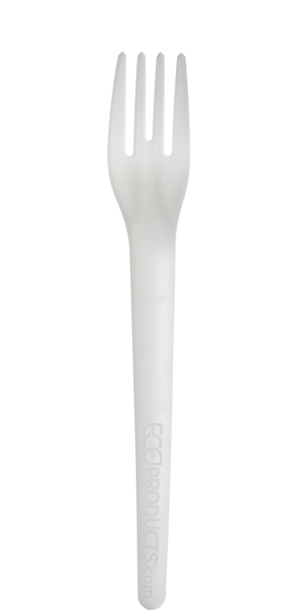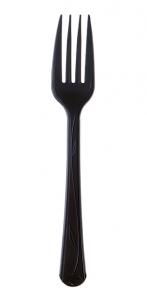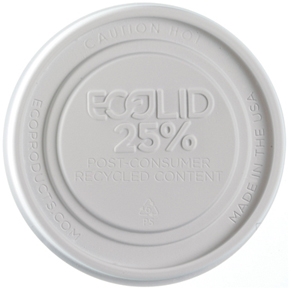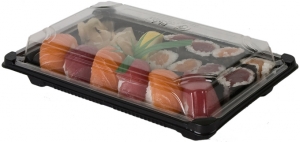Recycling

The Issue: Contrary to popular belief, many of the things we assume get recycled when they are put in a recycling bin actually get landfilled, mainly due to issues with contamination, sorting, and end markets.
What We Know
The “recycling symbol” doesn’t necessarily mean something is recyclable.
Actually, the number in the middle of the “chasing arrows” triangle simply identifies the primary type of plastic resin the product is made out of. A #1 identifies PET, the type of plastic used to make soda and water bottles, a #2 identifies HDPE, the type of plastic used to make milk jugs or laundry detergent jugs, etc.
The numbering system was developed to help recyclers sort plastic by type, so it could be sold to buyers looking for a particular kind of plastic. While it has proven to be extremely helpful, it is not a perfect system. Oftentimes products with the same number will contain unidentified additives, blends and colorants that make life challenging for mills that attempt to reuse the product. This is especially challenging for non-bottle grade versions of PET.
Unfortunately, the chasing arrows symbol has been misinterpreted to mean recyclability or made with recycled content, when in fact this may not be true about the product it is printed on.
What is Being Done
The Foodservice Packaging Institute is identifying and addressing recycling barriers. FPI has created the Paper Recovery Alliance and the Plastics Recovery Group to identify and overcome barriers to recycle used foodservice packaging. Eco-Products has been actively involved in this work for years. Learn more about these initiatives here: Paper Recovery Alliance and the Plastics Recovery Group Eco-Products is using post-consumer content in BlueStripe products. Our BlueStripe products all contain post-consumer recycled content, thus creating demand for plastic and paper recycling. If companies like Eco-Products weren’t buying recycled materials, the recycling system would suffer from lack of demand that the whole process relies upon. Learn more about our products here: http://www.ecoproducts.com/product-features The Closed Loop Fund is financing recycling infrastructure & programs. The Closed Loop Fund is investing $100M in recycling by providing low-interest loans to projects that increase access to recycling or improve its profitability. Companies such as Walmart, Coca-Cola, Proctor & Gamble, and Johnson & Johnson have invested in their work. Learn more about the Closed Loop Fund here: http://www.closedloopfund.com/ Eco-Products is supporting LifeCycle Plastics. Lifecycle Plastics is a start-up working to improve the systems for collecting and recycling plastic foodservice packaging. We have supported them by testing their plastic in our products, committing to purchase their plastic, and providing guidance on the process to get FDA approval of food-contact packaging. Learn more about Lifecycle Plastics here: http://www.lifecycleplastics.com/ The New Plastics Economy report put recycling challenges in the spotlight. The Ellen MacArthur Foundation released a sobering and in-depth report on the challenges and opportunities associated with developing a more sustainable approach to plastics. In addition to highlighting that only 14% of plastic packaging is collected for recycling today, this report also identified that by 2050, there will be more plastic in the ocean than fish if we don’t change how we collect and process plastics. Read the New Plastics Economy report here: http://www.newplasticseconomy.org/ Eco-Products advances zero waste systems and helps customers be better stewards of the environment. We work with foodservice operators to set up systems-based solutions to waste diversion. If they can control what goes into their establishments, they can control what goes out and keep as much material as possible out of the landfill. Whether it’s through helping our customers understand what is ultimately recyclable in their communities, creating signage for bins, or developing training and other communications materials for their employees, Eco-Products is working hard to support our customers’ Zero Waste efforts.







